Phase 1. Here are myself, and my sister (Helen), circa 1979. Back then, family tents were gigantic bungalow-ranch-style constructions, with separate sleeping pods, living/ kitchen areas, faux glazing, and obligatory orange curtains. Putting up one of these babies was a process quite close to building an actual bungalow. To expedite matters, my mother devised a system involving several different coloured stickers — unfortunately, this code was so precise and so complex that it was it unknowable to anyone else but her. While she, dad, and the tent poles battled it out, Helen and I amused ourselves at the far reaches of the campsite. . . if we were really lucky, our canvas bungalow would be up by nightfall.
Camping is cheap, and we went away several times a year, to North Wales, to Devon, to the Isle of Man, or far, far afield to Yorkshire. Helen and I played and walked and swam in many different British landscapes. My overwhelming recollection of these familial trips is that 1) they involved a lot of laughs (we are all as daft as each other) and 2) they allowed me to taste the pleasures of independence. When one is seven, it is marvellous to pootle about the campsite or the beach, just doing your thing.
Phase 2: I am second from right, sporting the first of many terrible perms. Helen is under the umbrella. You will note that one tent has become many — less giant bungalow, more village settlement. I am not sure at what point we made this radical architectural shift, but for my parents, any small degree of privacy must have been a bonus. To my right is my good friend Julia and I’m afraid I can’t remember the name of the girl on my left. We had met her on this Anglesey campsite: she was slightly older, slightly glamorous, and therefore intriguing. During this era, we tended to camp on large family sites like this one — the sort that extend to several hundred acres, with a range of ‘luxury’ accommodation options for the mums, on site ‘country club’ for the dads, and a camp shop the size of a supermarket in which to spend one’s money on ice cream and shandy. The best thing about these places is that they are designed for – and full of – kids, and it is good for kids to knock around with lots of other kids. We formed large gangs, whose petty rivalries and attachments shifted with the passage of our stay. Camping is a transient activity, and there is something about this transience that enables possibilities. Camp friendships were quite unlike the rigid rules of association that one observed at school.
Phase 3: You will note that a lot of dye has been added to the perm, and that I am up a hill in inappropriate footwear. I still loved the camping, though. When one is a student and spends most of one’s time in libraries, it is very good to get outdoors.
Phase 4: I moved to Scotland with Tom. We began camping a lot. We enjoyed it a lot. I am pictured above in a transitional phase, when we still camped on sites, and before I realised I could just leave the cosmetics and jewelery at home.
Phase 5: The happy era of wild camping. You may recall that I wrote about the pleasures of wild camping just over a year ago, and I feel I must extol its benefits once more. If you are the sort of person who drives 200 metres to the toilet block in your 4×4; if you like to play Chaz n Dave’s ‘snooker loopy’ for everyone else’s benefit from your camper van; if you can’t leave home without your hairdryer (how depressing was the recent camping episode on the Archers? I ask you! ); or if you are one of those eejits who calls out mountain rescue when you are feeling a wee bit tired half way up Helvellyn, then wild camping is probably not for you. However, if you prefer solitude over a shower, don’t mind walking with your gear, enjoy genuine proximity to wild flora and fauna, and are capable of developing resourceful hygiene habits, then it really can’t be beaten.
Thanks to some very progressive outdoor access legislation, wild camping is tolerated all over Scotland. This does not mean that you can just camp where you like, or do what you like while camping. But it does mean that you can enjoy the marvelous landscapes of the highlands and islands as public spaces, rather than worrying about their status as private property. While urban Britain witnesses the rise of gated communities and private gardens; when our common land is daily eroded, degraded, and privatised; and when creative, productive, and community-oriented uses of wasted space are prosecuted as trespass, public access is something to be strongly championed. And, when one gets off one’s soapbox, one can enjoy glorious sights, in glorious spaces like this: from the cosy comfort of one’s tent, and completely alone.
Here are my top tips for enjoyable wild camping:
1. Do not build fires. I know there are good ways and there are bad ways, but burnt ground takes a long time to recover, and I feel profoundly depressed when I see blackened patches on the rare and beautiful Hebridean machair. We carry a lightweight stove everywhere, and it is excellent.
2. Be particularly careful about choosing your spot in Spring: do not camp near nesting birds.
3. Keep away from crops, and (I have to say after our only bad experience) conurbations, cliffs or outcrops.
4. Sheep very good. Cows not so good. Keep away from cows.
5. A bit of exposure is fine. Personally, I would rather camp in a gusty spot than in a damp valley — just as I would rather be buffeted by wind than attacked by swarming midgies. Secure your guy ropes and enjoy the blast.
6. Avoid other people. If you spot camper vans or tents steadily gathering in a likely location, then find another place. This is a matter of environmental sustainability as well as probable misanthropy.
7. Hygiene resourcefulness. Tissues and cleanser are an absolute necessity. And when all else fails (ie, you are on a three day walking trip, miles from any conveniences), you must, I am sorry to say it, face the evil rigours of the trowel (groan). Read this guidance issued by the lovely people at the Scottish Mountaineering Council.
8. Take as little as possible, and take the best stuff you possibly can. My essentials include: good boots, good 2 litre waterhose thingy; good down sleeping bag; wool socks, wool base layer, thick wool sweater, light wool shawl, wool hat, wool gloves. Oh yes, and (non wool) lightweight waterproofs. Obviously, I like wool. But, from close personal experience I can assure you that, quite unlike its much-touted man made counterparts (synthetic fleece and base layer) wool does not reek after several days of repeated wear. Tom thinks this may be a wool too far, but I do have serious plans to fashion myself a fully woollen and eminently serviceable winter walking outfit. More of this anon.
9. Leave no trace at all. Don’t camp in the same spot for more than a couple of nights, and remove all litter (including that of others, if you spot it). Yes, I am one of those people who gathers up other people’s sweet wrappers on mountain tops.
10. Enjoy the view.

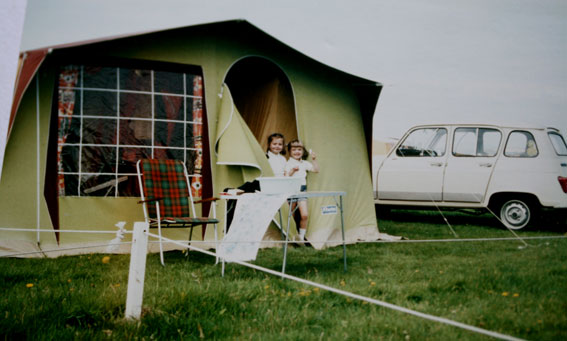
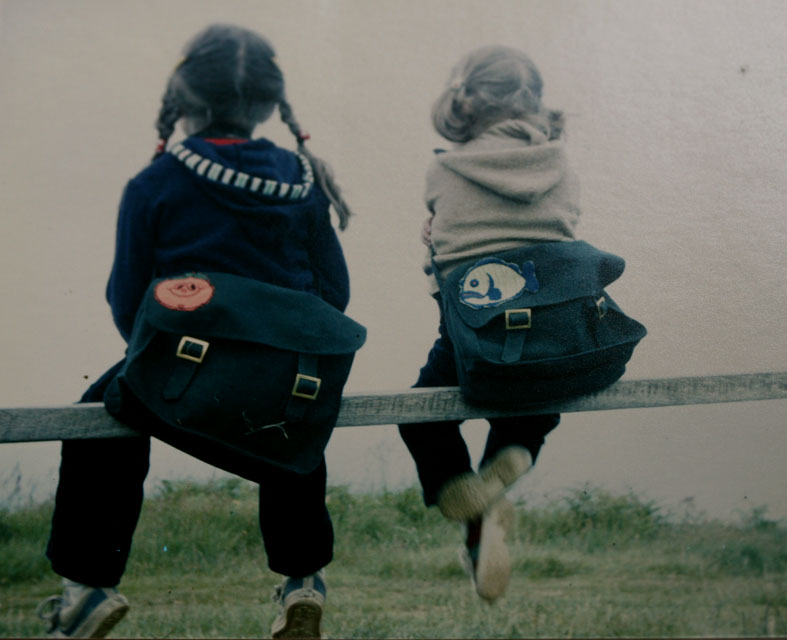
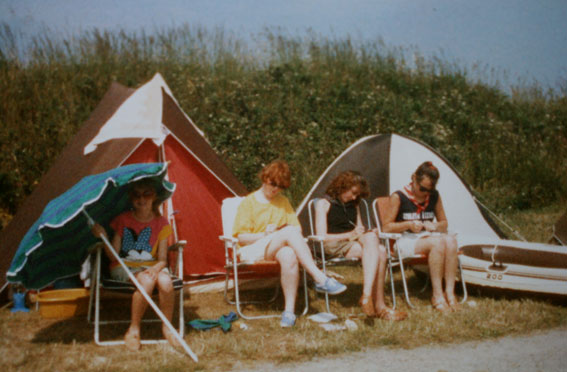
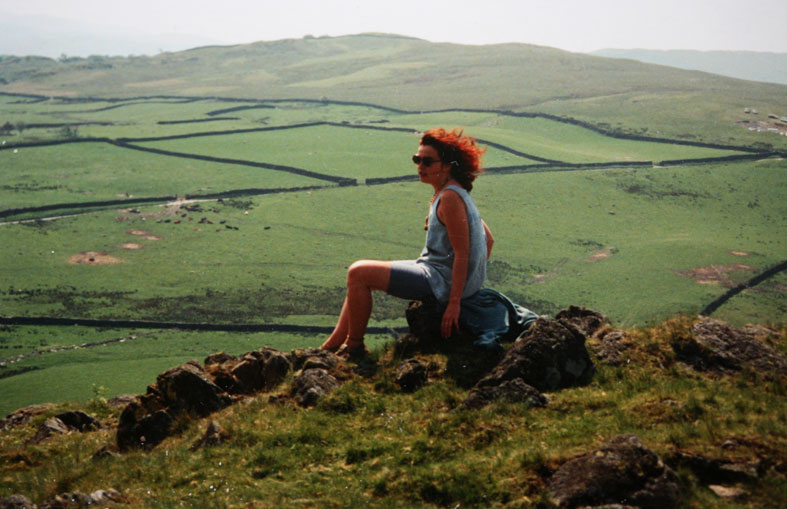
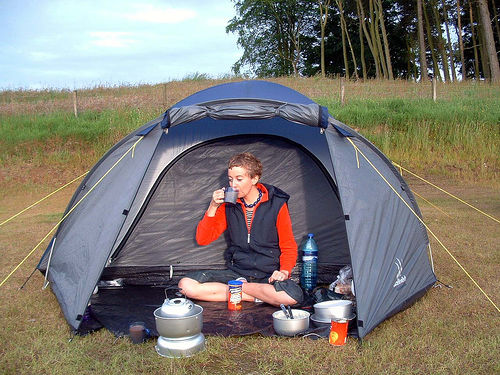



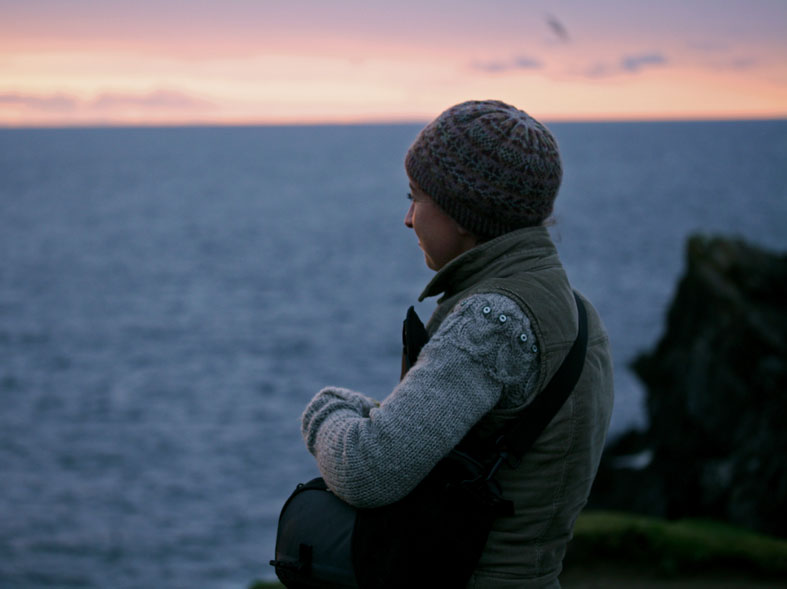
On the subject of hygiene, did you try a mooncup? It’s a marvelous device, comes in different sizes and colours, and does not require changing more than twice/24hours, varying on your flow.
You make me want to go camping in Scotland when you put up all these beautiful pictures here on your blog. Even though I live in Norway, and it would be kinda daft to use money on the flight instead of a weekend here ;)
LikeLike
What a lovely post. I am more of a day tripper, but I love wild places–and the idea of wild camping is brilliant!
LikeLike
love your pics and your words – we do car camp a bit, but there is also many a time spent in the middle of nowhere after hiking or paddling there under our own power.
LikeLike
Great post! I, too, am one of those people who picks up other people’s litter on the hills. I’ve had too many experiences of waking up cold in the middle of the night to appreciate camping, but wild camping sounds wonderful – so much better than the night we spent on Arran being kept awake by a) teenagers playing Frisbee till midnight and b) blokes in the next tent snoring.
Scotland’s access laws are great – when we went to England last summer we were very depressed by the signs everywhere saying “No entry! No camping! No picnics! Keep to the paths!” As Chris put it: “No fun allowed!”
LikeLike
What a lovely post. Husband and I went hiking in Scotland last year (and the Lakes this but they can’t be compared), but it was nothing like this. We’re too busy and to self absorbed. I think your years of independence training with your parents must have done the difference – maybe.
Anyway, beautiful pictures, beautiful story, wonderful landscape.
LikeLike
Love your history of camping! I have never seen such a glorious tent as the 1979 ‘bungalow’.
We do not have public access rights here in North America where people are very precious about private property. I love visiting the UK and rambling about on the public footpaths which are few and far between over here. I didn’t do any camping when I visited Scotland but I certainly will next time!
LikeLike
Thank you! I love your wild camping rules and your photos make me want to go camping in Scotland.
LikeLike
Yours is a terrific post and I enjoyed it. In England and Wales access to many types of land is assured by the Countryside and Rights of Way Act 2000. The Bill for similar rights to coastal lands has been progressing through the Houses of Commons in recent months. My Common Lands Handbook shows how common land protection (as well as that for village greens and towns greens) is afforded by the Commons Act 2006 and the secondary legislation under the Act. The Open Spaces Society and other bodies are actively involved in protection of heritage lands and rights of way against unauthorised works, innappropriate developments, adverse posession from enclosures, etc.
LikeLike
*love*
LikeLike
:D short of repeating myself, I love your camping entries as much as the knitting ones. I’m a car full of stuff camper by neccessity, but enjoy quiet farm sites-facilities optional. (England isn’t so wild on wild camping) Interesting that you recommend down sleeping bags-off to investigate ;)
LikeLike
Lovely post Kate. I firmly believe that Scotland has been very progressive with its freedom to roam legislation. Long may it continue! Some try to bar your way, but they are both morally and legally wrong. Lovely, lovely photos.
LikeLike
Hi. I have a blog at http://www.picturecamping.com where I feature people’s posts about camping, and I would like to send my readers your way. Of course I would give you credit for quotes and would link back to your site.
Thanks for considering this,
Jean B. in SC (USA)
LikeLike
I’m so happy you took me camping with you! Loved the scenery! What a beautiful post, thank you.
LikeLike
Someday, I’d love to go camping in Scotland. I enjoy the colours, the quiet, and I’ll even say the weather… I’ve visited but not for nearly long enough. I think there are many of us Canadian Scots that long to spend time in the country of our parents and grandparents. Thank you for indulging my dreams today.
LikeLike
I enjoyed reading this. It brought back memories of my days camping and backpacking and made me long for future camping trips.
LikeLike
I too steadfastly believe in the magical powers of wool to get me through all of my adventures. My next plans for wild wool wear include EZ’s nether garments from The Knitter’s Almanac. Perfect for cool autumn canoe-camping trips here in Canada.
One day, I will bring my woolies to Scotland. Your fantastic post had definitely inspired me to do so.
LikeLike
All of these snapshots are just priceless! I have strong memories of going to Angelsey one wet July and wading through endless fields of mud at a local fair.
Your camping tips seem sensible and I don’t think anyone would ever think for one minute that you WEREN’T the type of camper that didn’t pick up other campters’ litter:)
LikeLike
Great post! Especially loved the photo of you and your sister on the fence. So sweet.
LikeLike
I love this post and your camping history.
However I am also thoroughly excited by your headwear in the bottom photo! If I am not mistaken, this is more evidence of your fairisle genius!!!
I am also planning a fully knitted winter walking outfit; I am thinking the garthenor laceweight may be used to fashion an excellent base layer… Hurrah for wool!
LikeLike
Glad to see you mentioning the North Kelvin Meadow – I live just around the corner and, well, the fight isn’t over..
LikeLike
I am not, myself, a camper, but I admit that your photographs of your many lovely camping sites almost – make me wish I were.
LikeLike
I love this post, so inspiring, I dream of wild camping in Scotland. Maybe when my little ones are a little bigger we too can move up the ‘camping ladder’ from the family sites! emma ;0)
LikeLike
I absolutely loved your history of camping. I have to confess that I still am quite fond of the “ideal home tent” and go on annual trips with the friends from school in such a tent. We always lose the will to live putting it up but we always love the curtains! Also I have to confess to a terrible perm when at university which combined with red, unruly hair was a sight to behold. (imagine).
I’m quite scared of wild camping but completely agree that public land and rights of access is v important to uphold. (I have enjoyed the climate campers on my doorstep recently a lot in this vein!) Thanks for the tips of kit – you and Felix are inspiring me to travel lighter on my next trips!!
LikeLike
Yes, I learnt the hot and sweaty way in the Alps that manmade fibres are often more suitable for walking.
LikeLike